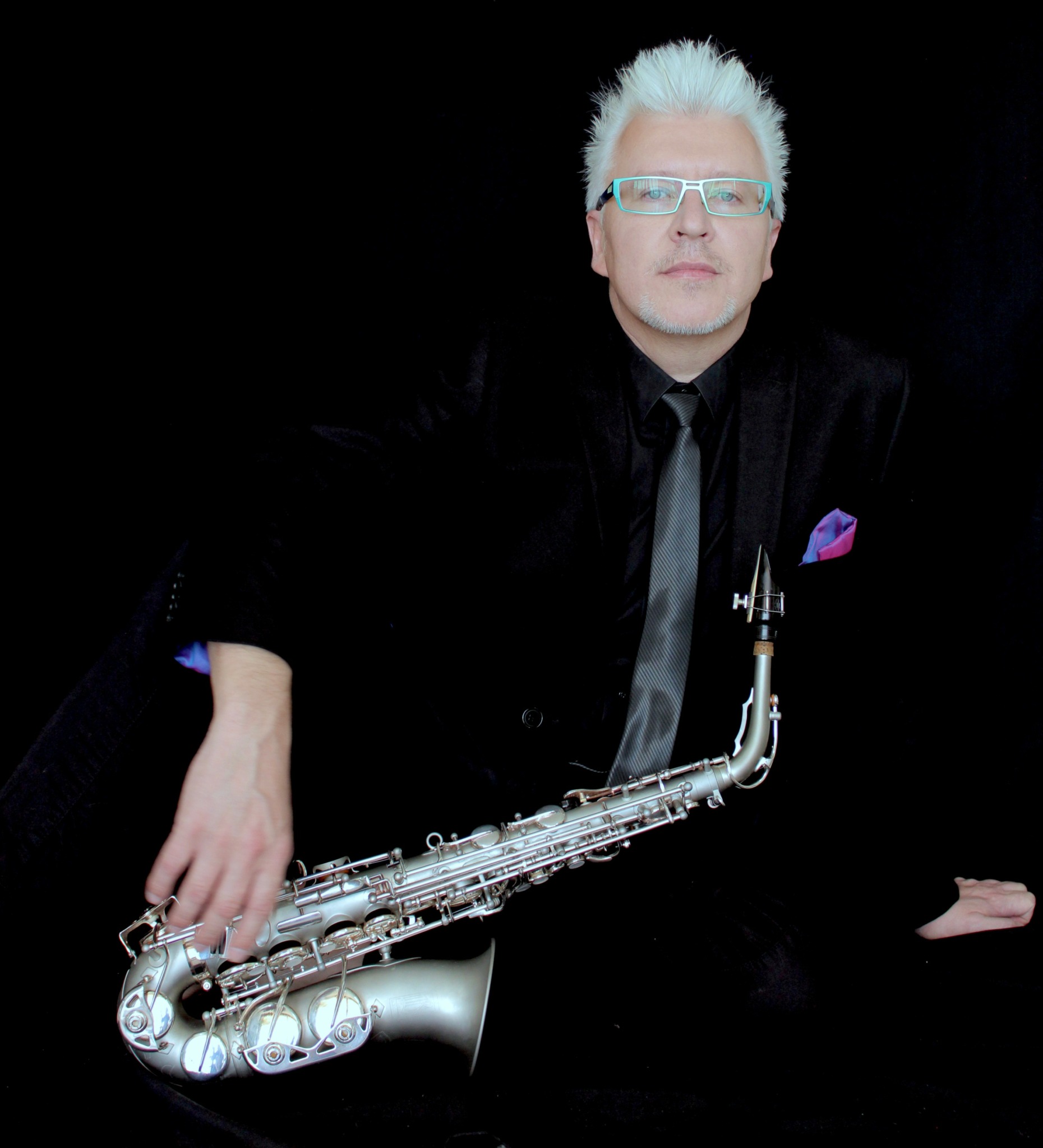We recently connected with Gen Polansky and have shared our conversation below.
Gen , thanks for taking the time to share your stories with us today Have you been able to earn a full-time living from your creative work? If so, can you walk us through your journey and how you made it happen? Was it like that from day one? If not, what were some of the major steps and milestones and do you think you could have sped up the process somehow knowing what you know now?
Yes, I’ve been fortunate to earn a full-time living from my creative work as a saxophonist, composer, and producer — but it definitely wasn’t like that from day one. It’s been a long journey built on persistence, adaptability, and a deep passion for music.
The Journey:
I started as a saxophone player inspired by jazz, funk, and soul. In the early years, I played every gig I could — small clubs, weddings, studio sessions — anything to get experience, make connections, and pay the bills. Those gigs may not have been glamorous, but they taught me how to deliver under pressure and work with all kinds of musicians and personalities.
Eventually, I moved to Los Angeles — a major turning point. The city’s energy, opportunities, and diversity in music opened new doors. I invested in myself: upgraded gear, worked on my sound, expanded my repertoire, and started producing and composing my own material, not just playing sax.
Major Steps & Milestones:
Collaborations: Working with big names like Quincy Jones, Herbie Hancock, Dave Koz, and Sheila E. brought credibility and visibility. Each of these collaborations didn’t just “happen”; they were built through years of showing up prepared, being professional, and delivering a unique sound.
Versatility: I diversified my skills beyond performance — producing, composing for media, arranging, and mixing. This helped me stay afloat even when live gigs were slow.
Brand & Consistency: Building the “Gen Sax” brand was essential. That meant maintaining a strong presence online, releasing music, sharing live sessions, and being consistent across platforms. I treated my career like a business.
International Work: Performing and collaborating in Europe, Russia, and Latin America expanded both my musical influences and my audience — which in turn led to more demand and bookings.
Could I Have Sped It Up?
Honestly, yes — but only if I had known early on how important certain things were:
Networking intentionally: Talent alone isn’t enough. Relationships open doors.
Personal branding: I would’ve started building my online identity and releasing music sooner.
Understanding music as a business: I eventually learned how licensing, publishing, and sync work — and that knowledge is powerful.
Delegation: Trying to do everything myself slowed me down. Getting help with promo, visuals, and admin freed up creative energy.
Final Thought:
Making a living from music isn’t just about talent — it’s about persistence, evolution, and vision. You have to stay inspired, stay sharp, and stay ready. That’s what got me here, and that’s what keeps me going.

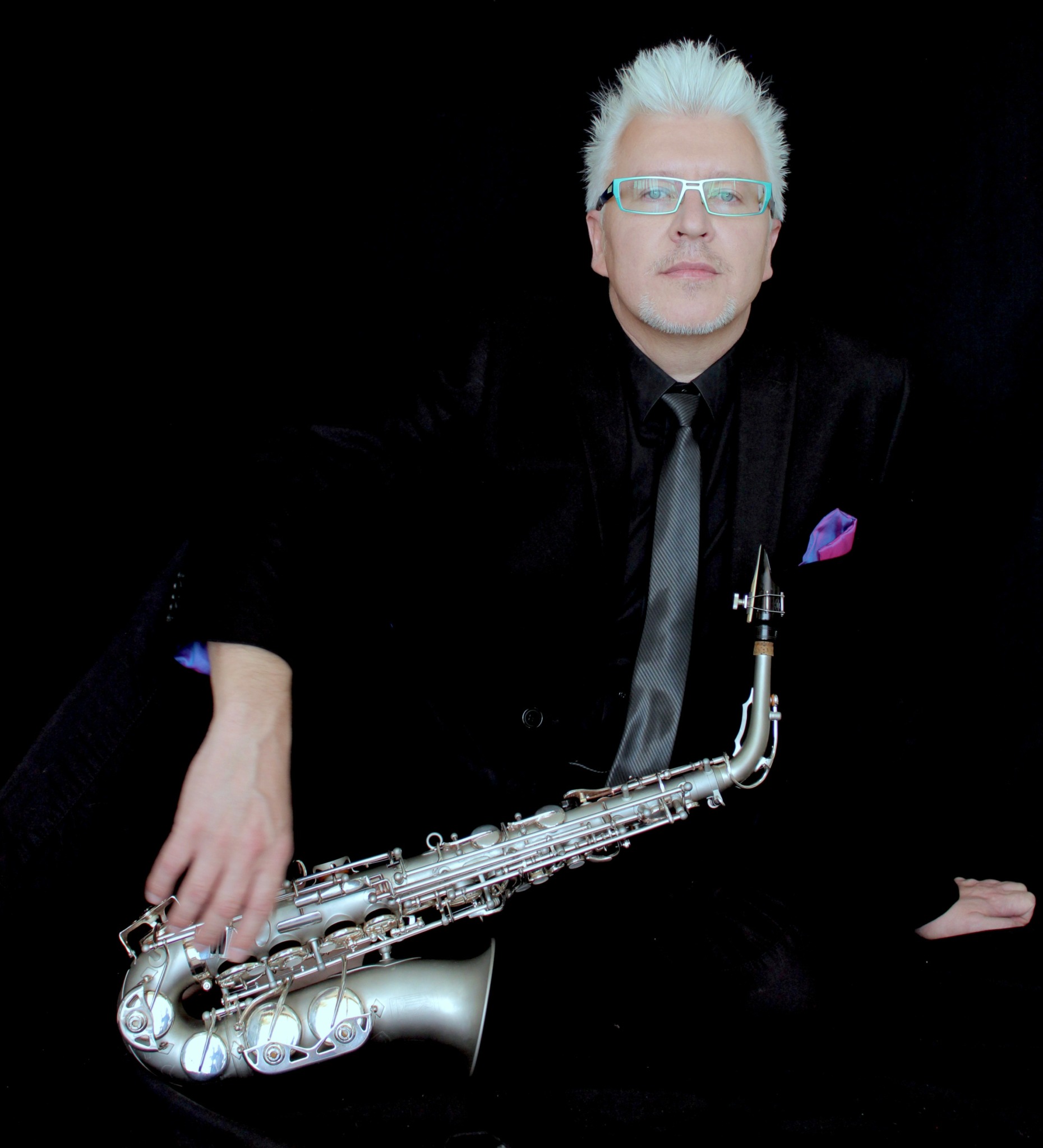
Gen , before we move on to more of these sorts of questions, can you take some time to bring our readers up to speed on you and what you do?
My name is Gen Polansky, and I’m an international saxophone player, composer, and music producer — known by my artist name Gen Sax. I’m based in Los Angeles, California, but my music and collaborations have taken me across the globe, from Europe to Latin America to Russia.
How I Got Into Music
I fell in love with the saxophone at a young age. There was something about its voice — raw, emotional, bold — that resonated with me deeply. I started studying jazz and classical saxophone rigorously, but I was always drawn to grooves, soul, and funk — music that moves people physically and emotionally.
As I grew, I wasn’t just interested in playing; I wanted to create. That’s when I began composing and eventually producing, blending the richness of jazz with the energy of funk, soul, R&B, and dance music. Over time, I carved out a sound that’s uniquely mine — bold, melodic, rhythmic, and emotionally charged.
What I Offer
I work across multiple areas of the music industry:
Live Performances: I perform worldwide as a solo artist, guest artist, and part of high-profile collaborations — from concerts and festivals to private luxury events.
Studio Recordings & Sessions: I record saxophone and horn arrangements for artists, producers, and composers globally, both remotely and in-studio.
Composition & Production: I compose original music for artists, TV/film, advertising, and branded content. I also produce instrumental music — jazz-funk, soul, fusion, and cinematic styles.
Creative Collaborations: I’ve collaborated with iconic artists like Quincy Jones, Herbie Hancock, Dave Koz, Sheila E, Tony Robbins, and many others — always bringing my distinctive sound and energy into the mix.
The Problem I Solve
Music is more than entertainment — it’s emotion, identity, connection. For my clients — whether it’s an artist, a brand, a music director, or an event planner — I bring emotionally charged, high-quality saxophone sound and music production that cuts through the noise and resonates with audiences.
Whether it’s:
Elevating a track with a killer solo or lush horn section
Creating a signature sound for a live show or brand campaign
Or delivering a high-energy, world-class performance that lifts the room
…I offer creative solutions that are soulful, powerful, and professional.
What Sets Me Apart
Versatility: I move seamlessly between genres — jazz, funk, soul, dance, Latin, R&B — and adapt to different musical languages with authenticity.
Tone & Feel: My saxophone sound is instantly recognizable — rich, bold, and expressive. It’s not just about playing notes; it’s about telling stories.
Professionalism: I bring years of experience and global perspective, and I treat every project with the same passion — from a small studio session to an international stage.
Vision: I don’t just follow trends — I create my own sonic world, influenced by my roots but constantly evolving.
What I’m Most Proud Of
I’m proud to have built a life doing what I love — and to have connected with audiences across cultures, languages, and continents. Winning a Hollywood Music In Media Award, performing alongside legends, and seeing fans respond to my music worldwide are moments I treasure.
But I’m just as proud when someone tells me my solo gave them chills or made them feel something real. That’s the magic of music.
What I Want You to Know
Whether you’re an artist looking to collaborate, a fan discovering my sound, or a brand in need of soulful sonic identity — know that my work is always rooted in authenticity, excellence, and heart. I believe music has the power to uplift, inspire, and connect — and everything I do flows from that belief.
So welcome to the world of Gen Sax. Let’s make something unforgettable together.
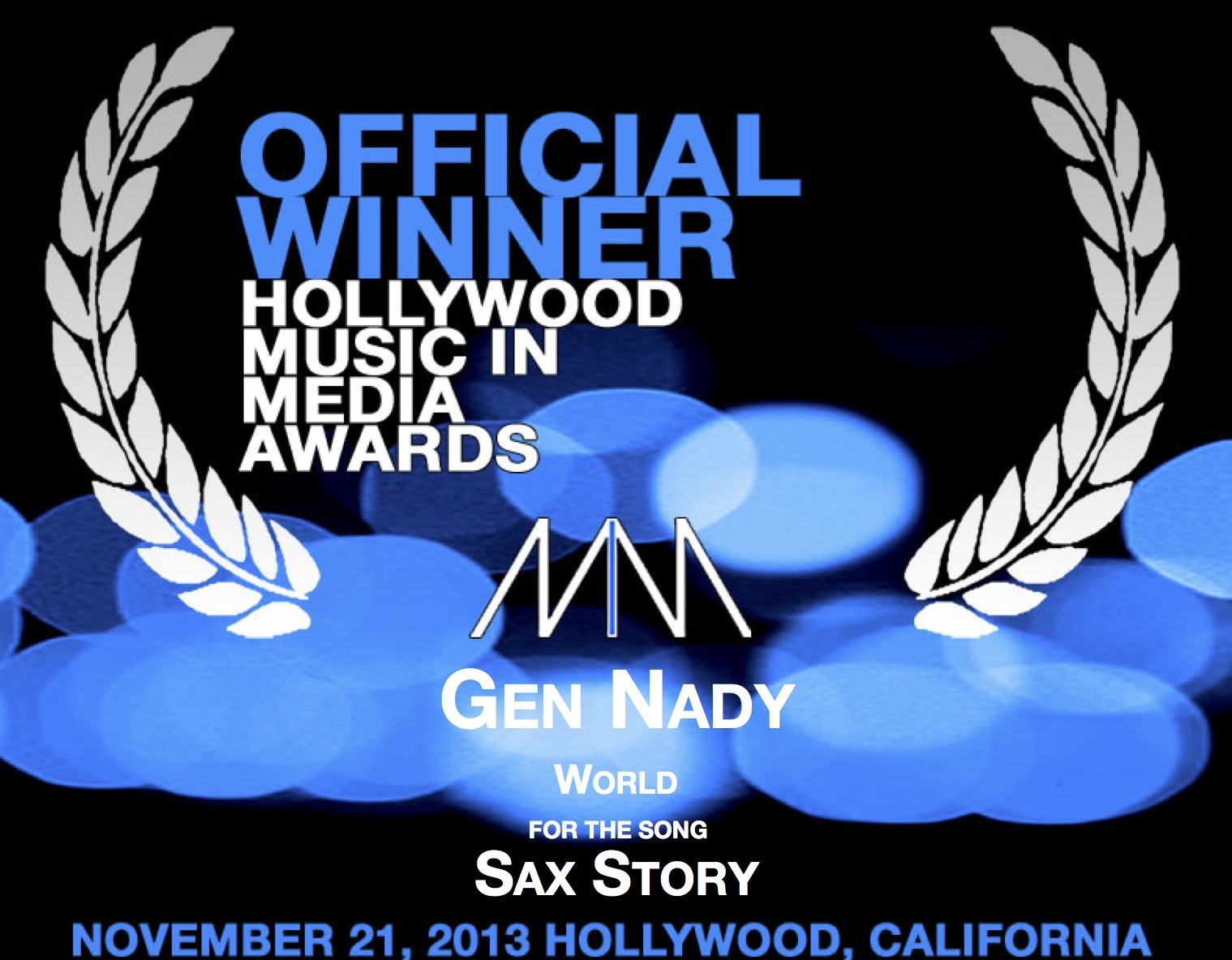
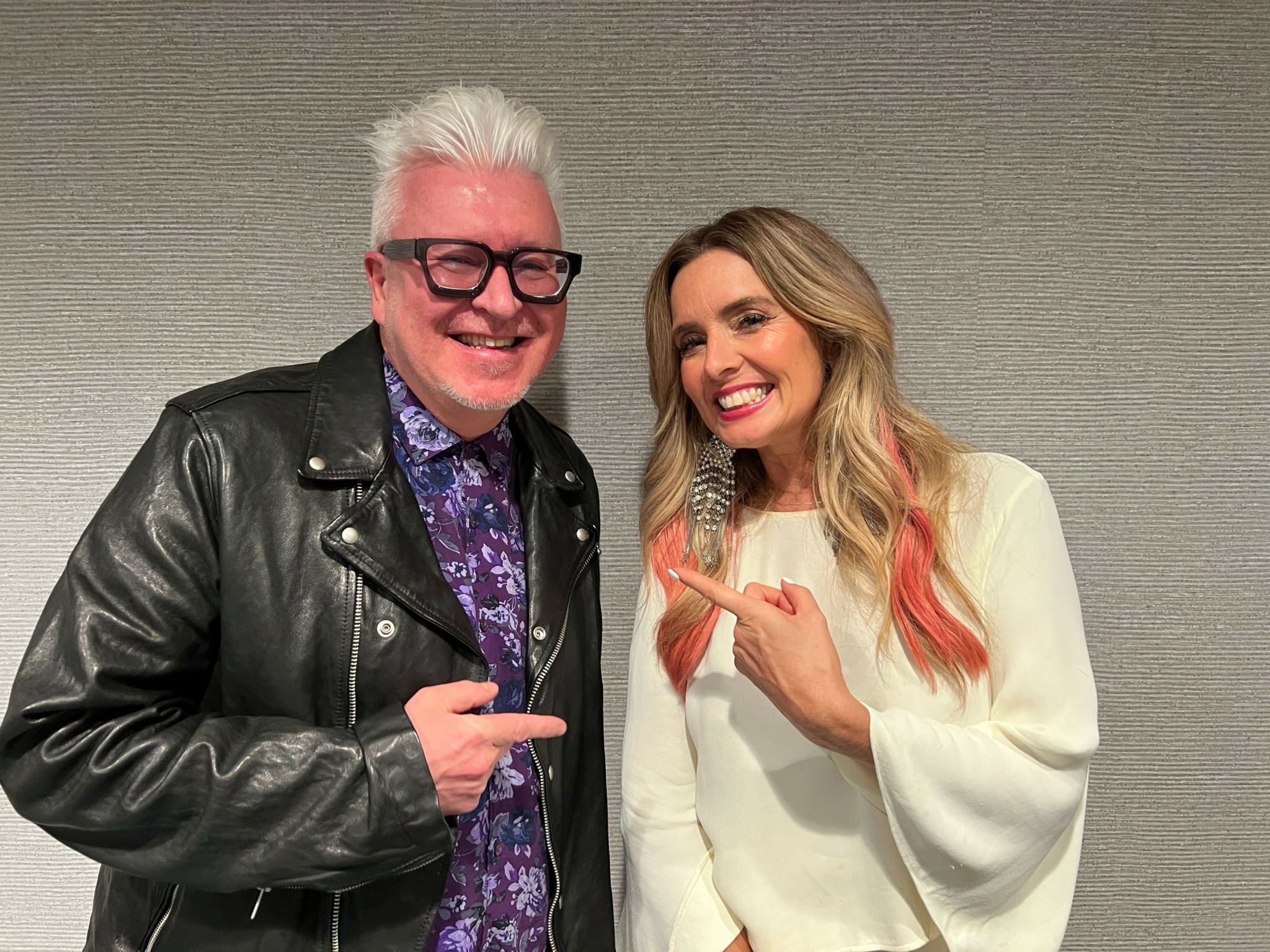
In your view, what can society to do to best support artists, creatives and a thriving creative ecosystem?
Great question — and one that really matters to me, both as an artist and someone deeply engaged in the creative community.
### In my view, here’s what society can do to better support artists, creatives, and a thriving creative ecosystem:
—
### 1. **Value Art as Essential, Not Optional**
We need a cultural shift that recognizes the arts as vital — not just entertainment or a hobby, but **a core part of human development, mental health, education, and innovation**. Music, visual arts, dance, film — they reflect and shape our humanity. When society sees artists as essential, policies and support systems follow.
—
### 2. **Invest in Arts Education — Early and Continuously**
Creativity starts young. Strong arts programs in schools open doors to self-expression, confidence, and discipline. But it can’t stop at high school — universities, community centers, and independent programs should be funded and accessible so young creatives can keep growing, regardless of income.
—
### 3. **Create Financial and Structural Support Systems**
Most artists face unstable incomes. Society can help by building **real infrastructure** for creative sustainability:
* **Grants and fellowships** (not just for “fine arts,” but for all disciplines)
* **Affordable housing and studio spaces** in urban centers
* **Tax incentives** for venues, independent creators, and small labels
* **Healthcare and retirement plans** for freelance artists
These aren’t luxuries — they’re tools that allow creatives to do what they do without burning out or quitting.
—
### 4. **Support Local and Independent Art**
From booking local musicians to buying art from indie creators, people can vote with their wallets. **Venues, festivals, and media platforms should champion local talent**, not just the global elite. Cities should make it easier — not harder — to host shows, exhibit work, or start art-based businesses.
—
### 5. **Fair Compensation in the Digital Era**
Streaming and social media changed the game — but not always in favor of artists. Society needs to push for fair payment models, stronger copyright enforcement, and education around how creative labor works. **Exposure is not payment.** Respecting the value of content means compensating the people who create it.
—
### 6. **Encourage Collaboration Between Sectors**
Art shouldn’t live in a silo. Let’s bring it into **technology, business, wellness, science, and education**. Cross-sector collaboration breeds innovation — and gives artists more platforms to thrive.
—
### 7. **Tell the Whole Story of Creative Work**
People often see the final product — a show, a song, an exhibition — but not the years of work behind it. By **amplifying the process**, we can shift perception from “talented people who got lucky” to “skilled professionals building a career.” That’s key to earning respect and long-term support.
—
### Final Thought
Artists don’t just entertain — we help people **feel**, **heal**, **imagine**, and **belong**. A society that supports its artists is a society that invests in its soul.
Let’s create systems where creativity isn’t just allowed — it’s **nurtured, protected, and celebrated**.
—
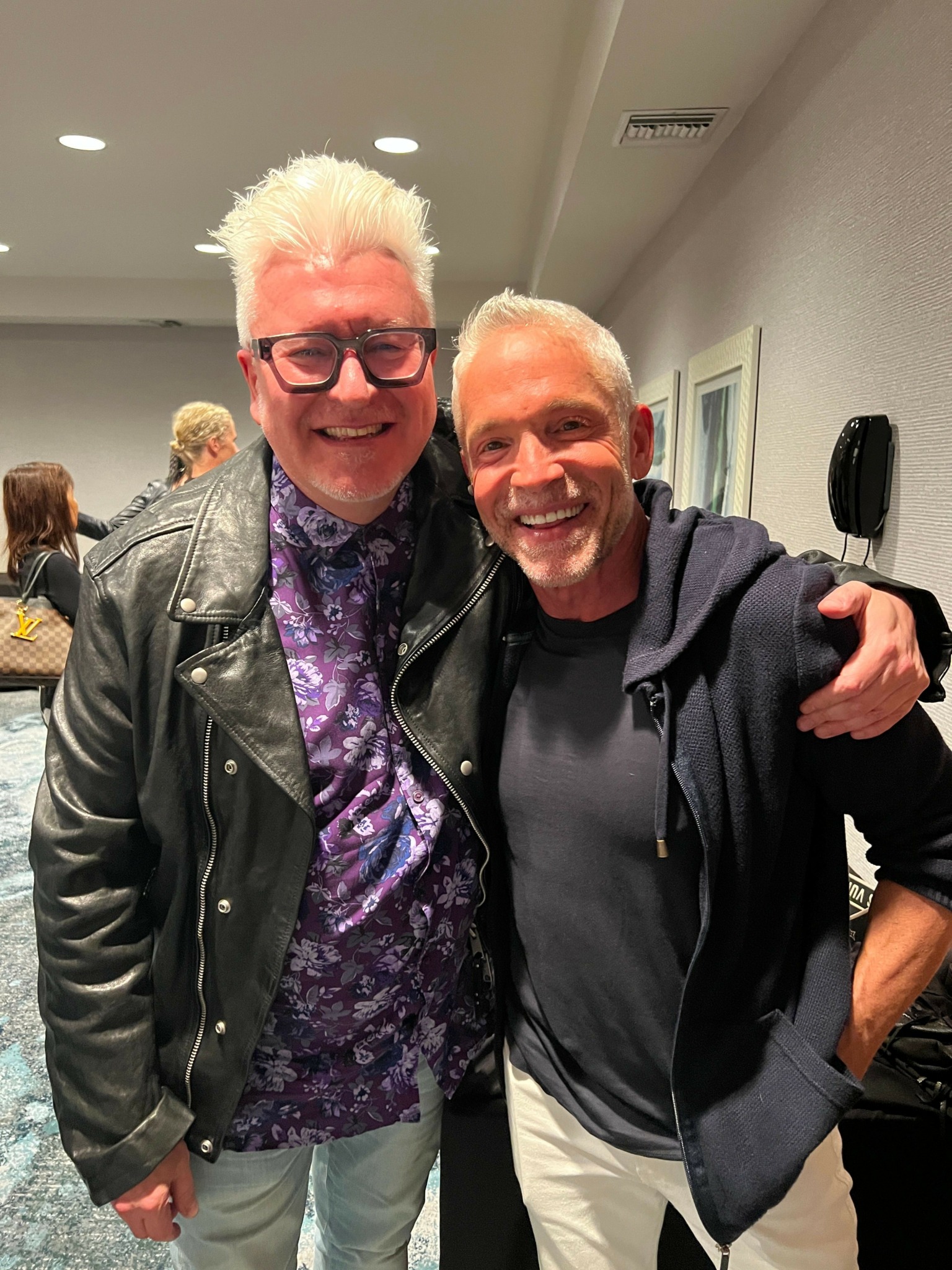
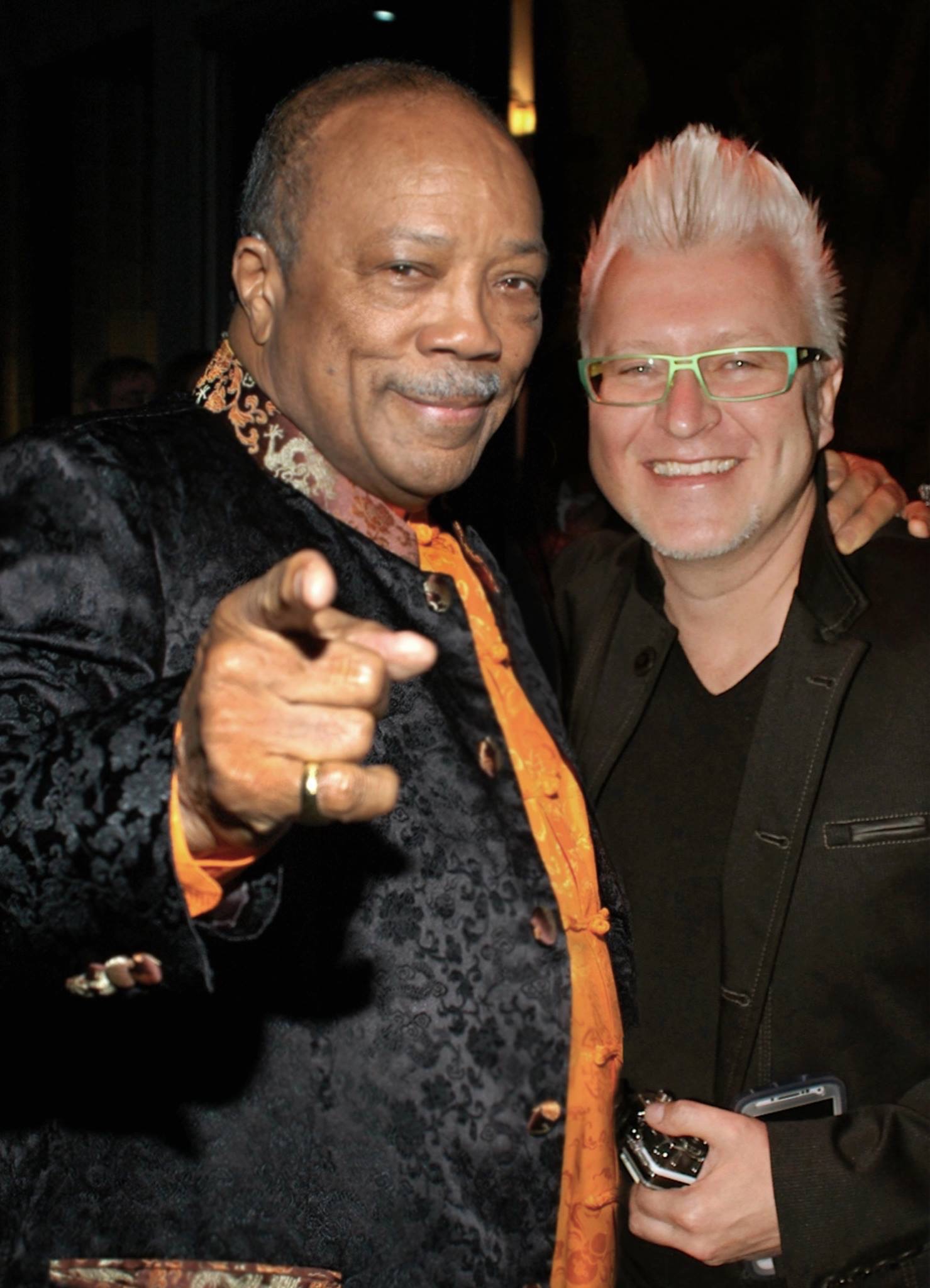
Are there any resources you wish you knew about earlier in your creative journey?
Absolutely — there are several resources and tools I wish I had discovered earlier in my journey as a musician, composer, and producer. Knowing about these sooner could’ve saved time, opened doors faster, and made the process smoother creatively and financially.
Here are some of the most valuable ones:
—
### 🎓 **Educational & Skill-Building Platforms**
1. **Berklee Online / Masterclass / Soundfly**
These platforms offer high-quality, artist-led instruction in everything from music theory to production to music business — perfect for continuing to grow while working.
2. **Rick Beato & Adam Neely (YouTube Channels)**
Their breakdowns on harmony, rhythm, and industry dynamics are gold for developing your ears and your mind as a modern musician.
—
### 💼 **Music Business Resources**
3. **ASCAP / BMI / SESAC**
I wish I had fully understood **performance rights organizations** earlier — how they collect royalties and protect your work globally. Registering your compositions with one of these should be a day-one move.
4. **Songtrust & SoundExchange**
These platforms help collect digital and international royalties you might be missing — especially for indie artists. It’s easy to leave money on the table without them.
5. **CD Baby Pro / DistroKid / TuneCore**
Great for independent distribution, but also essential for **getting your metadata right** — which means getting paid properly and reaching the right audience.
—
### 🎛️ **Creative Tools & Production Software**
6. **Splice / Loopcloud**
I wish I had access to high-quality samples and loops early on. These tools are powerful, legal, and inspiring when you’re producing or composing — especially under tight deadlines.
7. **iZotope RX / FabFilter Plugins**
These are industry-standard tools that elevate your sound. Whether mixing saxophone tracks or mastering an entire production, the quality they bring is next-level.
—
### 💬 **Networking & Collaboration**
8. **SoundBetter / AirGigs**
Online platforms that connect you with producers, musicians, and engineers around the world. I wish I had known earlier how much collaboration you can build **remotely**, with high-level professionals.
9. **LinkedIn (for musicians)**
Sounds surprising, but LinkedIn is becoming a serious space for music directors, licensing supervisors, and brand collaborations — not just a corporate tool.
—
### 🧾 **Legal & Admin Tools**
10. **Indie Artist Resource / Volunteer Lawyers for the Arts**
Legal help is often expensive and confusing. These resources offer affordable or even free assistance with contracts, trademarks, and licensing — crucial knowledge for protecting your creative work.
—
### 🧠 **Mindset & Mental Wellness**
11. **The Creative Independent / Ari’s Take**
These are not just blogs — they’re mindsets. They offer insight into the realities of being a modern creator, how to avoid burnout, and how to keep your artistic identity strong.
—
### What I Learned
The earlier you understand **your rights, your tools, and your worth**, the faster you grow — not just as an artist, but as a creative business.
If I had known this from day one, I would have built my career more strategically instead of just hustling gig to gig in the early years.
Contact Info:
- Website: https://www.gensax.com
- Instagram: https://www.instagram.com/gensaxmusic
- Facebook: https://www.facebook.com/gensax
- Linkedin: https://www.linkedin.com/in/genpolansky/
- Youtube: https://www.youtube.com/playlist?list=PLUkkQ72aEeoXrljJW0vFQyqp0SlSJc2mI
- Yelp: https://www.yelp.com/biz/gen-sax-los-angeles-2
- Soundcloud: https://soundcloud.com/gen-nady-sax-funk-soul
- Other: Where to Listen On Digital Streaming Platforms
Apple Music
https://music.apple.com/us/artist/gen-sax/1495275528
Youtube
Spotify
iHeart Radio
https://www.iheart.com/artist/gen-sax-33912129/


Image Credits
Gen Sax – Gen Polansky


